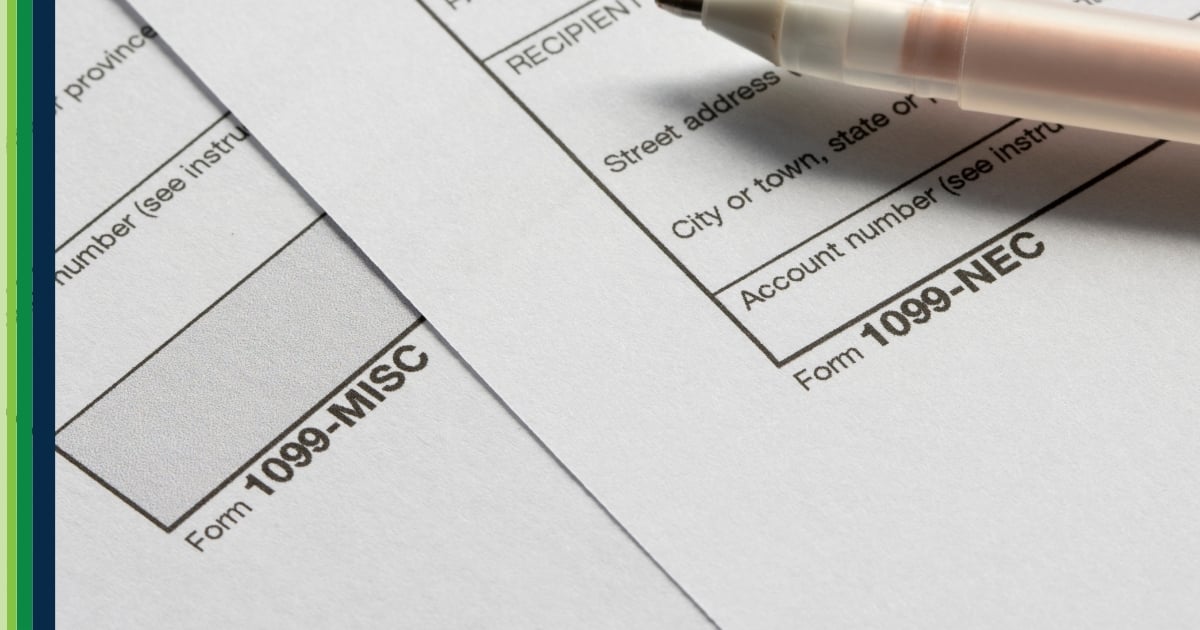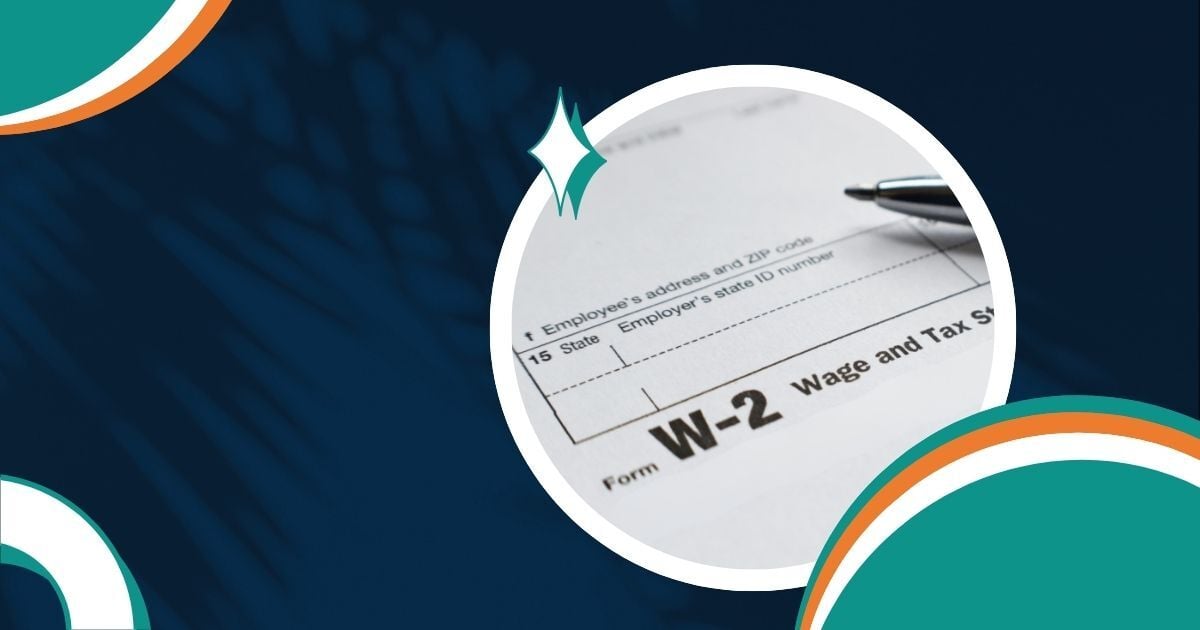In 1986, the Internal Revenue Service (IRS) began accepting simple tax returns electronically. Fast forward to today, electronic filing has become the standard — not the exception. For the 2024 fiscal year, the IRS processed more than 219.9 million returns and other forms electronically, accounting for over 82% of all filings (Publication 55-B).
Nearly every employer, regardless of size, now falls under new e-file requirements designed to streamline tax administration and reduce errors.
So, does your business need to e-file this year? Odds are, the answer is yes.
⚠️ Disclaimer: This information is for informational purposes only and does not constitute formal tax, legal, or compliance advice. Always consult with qualified tax advisors, legal counsel, and your organization’s internal teams for guidance specific to your situation. Additional regulations may apply. For the most accurate and up-to-date information, refer to official government resources and regulatory agencies.
Why e-File Anyway?
At year-end, employers must file required forms with the IRS, SSA, and state agencies. e-Filing has become the default — and for good reason.
Benefits of e-Filing:
- Faster processing: Avoid mail delays and speed up form acceptance.
- Fewer errors: Built-in validation reduces rejections and penalties.
- Secure submissions: End-to-end encryption protects sensitive data.
- Simplified compliance: Submit multiple form types through integrated systems like Greenshades.
- Instant confirmation: Get immediate proof of successful submission.
Although a few very small businesses may technically still qualify for paper filing, the new 10-form rule has eliminated that option for most employers.
Who is Required to e-File?
The e-filing requirements are determined based on the number of records a business is filing. The IRS requires businesses that file 10 or more aggregate federal information returns to e-file.
That means you must count all federal return types combined — not just one form series. If your total federal submissions exceed 10, you must e-file all of them.
Some states are willing to be flexible if a business can make a substantial claim as to why they should be excluded from e-filing requirements. However, the federal government is generally not flexible.
Where to e-File: Federal Agencies
At the federal level, nearly all forms can be submitted electronically through secure systems or approved third-party providers. Additionally, there are government-supported e-filing providers to assist in the process.
Greenshades is an IRS-approved Electronic Return Originator, Software Developer, and Transmitter — ensuring your data is filed accurately and on time.
💡 Note: State and local e-file systems vary. Always check your jurisdiction’s Department of Revenue or Labor website for specific details.
e-Filing to the Social Security Administration (SSA)
Employers must distribute a W-2 to all employees and former employees who received payments for their services during the tax year. Form W-3 (Transmittal of Wage and Tax Statements) accompanies Copy A of Form W-2 to the Social Security Administration (SSA).
Companies must distribute a copy of every employee’s W-2 and a corresponding W-3 to the SSA by January 31st each year.
- What can be filed: Forms W-2 and W-3
- How to file: Via Business Services Online (BSO)
Tip: When e-filing, you don’t need to create a separate W-3 form — the electronic file automatically includes an RT record that serves as the W-3. Another bonus of e-filing!
e-Filing to the Internal Revenue Service (IRS)
Information Returns
The IRS accepts nearly all information returns electronically through two different systems:
| System | How You File | Available Forms |
|---|---|---|
| IRIS (Information Returns Intake System) | Through the IRIS Taxpayer Portal (with a TCC code) or connect via the IRIS Application-to-Application (A2A) interface | 1097-BTC, all 1098 variants, 1099 series, 3921, 3922, 5498 series, 1042-S, and W-2G |
| FIRE (Filing Information Returns Electronically) | Requires compatible payroll/tax software or a third-party transmitter (TCC needed) | 1097, 1098 series, 1099 series, 3921, 3922, 5498 series, 8027, 8596, 8955-SSA, 1042-S, W-2G |
🕓 Transition note: The IRS plans to retire FIRE after Filing Season 2027 (Tax Year 2026). IRIS will become the primary and sole system for all information returns after that.
What is a TCC code?
To file through systems like IRIS, FIRE, or AIR, you’ll need a valid Transmitter Control Code (TCC). A TCC is a unique ID issued by the IRS that identifies approved transmitters of electronic information returns (like W-2s, 1099s, etc.). Greenshades is an IRS-approved transmitter.
Affordable Care Act (ACA) Forms
The ACA requires insurers, self-insured employers, and large organizations offering health coverage to report individuals’ health insurance information to the IRS.
- What to file: Forms 1094-B, 1095-B, 1094-C, and 1095-C
- How to file: Through the Affordable Care Act Information Return (AIR) system (TCC code required)
Employment Tax Forms
While not yet mandatory, the IRS strongly encourages electronic filing of employment tax forms. These include:
- Form 940 — Annual Federal Unemployment (FUTA) Tax
- Form 941 — Quarterly Federal Tax Return
- Forms 943, 944, and 945 — Specialized employment and withholding returns
Filing information
- Who must e-file: None are mandatory (yet), but electronic filing is recommended.
- How to file: Through the options listed here
Where to e-File: State Agencies
All 50 states now support electronic submission for SUTA/SUI, SDI, and state W-2s. Most states require e-filing once an employer exceeds 10–50 records.
Some helpful notes:
- Eleven (11) states do not require Forms W-2 to be sent to them:
- W-2 filing exceptions: California and New York
- No state income tax: Alaska, Florida, Nevada, New Hampshire, South Dakota, Tennessee, Texas, Washington, and Wyoming
- The IRS shares certain 1099 forms directly with participating states, reducing duplicate submissions. The Combined Federal/State Filing (CF/SF) Program streamlines reporting to participating states.
To confirm your requirements, check your state’s Department of Revenue or Labor website.
Where to e-File: Local Agencies
Most local jurisdictions accept — but don’t require — electronic filings. Check with local departments for the most current requirements.
Wrapping It Up: e-Filing Is Here to Stay
The IRS is steadily phasing out paper, and the 10-form rule makes e-filing the clear choice for nearly every employer. With the right tools, e-filing can actually be simpler, faster, and — dare we say — a little more satisfying than stuffing envelopes and waiting on mail receipts.
✨ Ready to make year-end a little easier? Explore the Year-End Hub for up-to-date compliance guides, checklists, and e-filing best practices.



























